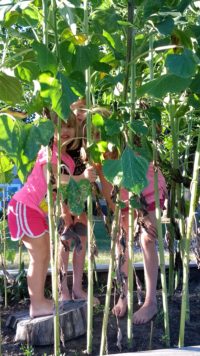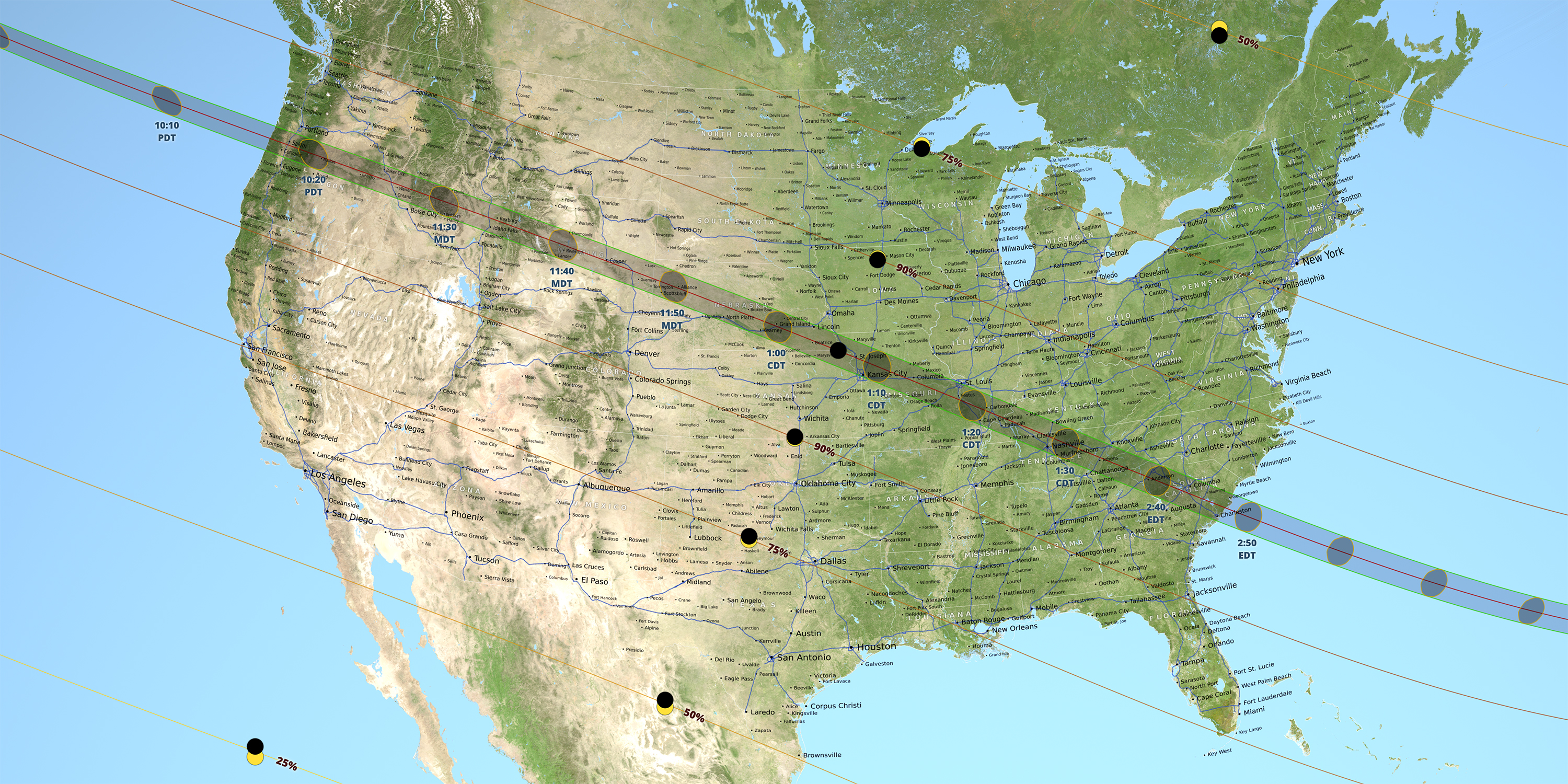My children love forts. But a sunflower fort? It exceeded every expectation.
Inspired by Eve Bunting’s Sunflower House, we planted sunflower seeds in a circle last spring. My nine-year-old couldn’t decide on just one variety of sunflowers at the garden store, so we planted two circles of seeds – an inner ring of mammoths and an outer ring of a smaller variety. He left a small gap for the door.
My only experience with sunflowers was when I was as a summer camp counselor in North Dakota during college. One morning we came upon a field of sunflowers. This was no tiny circle, but an expanse of sunflowers, much like cornfields in Iowa. I insisted they stop the car immediately. I marveled at these vibrant sunflowers, all facing the morning sun!
Planting the seeds with my kids, I tried to set realistic expectations. This is our first year! We’re just trying it out! It can be a science experiment – even if nothing grows we’ll learn from experience.
That conversation was unnecessary.
My three-year-old daughter diligently watered the sunflowers, and before long they sprouted. At first we thought they were growing at an angle. With closer investigation, it became clear even their leaves were tilting to face the sun.
 And were they ever growing! My son started taking measurements each Wednesday. When they surpassed the reach of his arms, I helped out. Eventually, we needed a step stool and an extended measuring tape. Our plants grew on average an inch a day. In no time, the kids piled into their fort, surrounded by towering plants, hidden from view.
And were they ever growing! My son started taking measurements each Wednesday. When they surpassed the reach of his arms, I helped out. Eventually, we needed a step stool and an extended measuring tape. Our plants grew on average an inch a day. In no time, the kids piled into their fort, surrounded by towering plants, hidden from view.
Watching the flowers open, and bloom a little brighter each day was pretty special. We all cheered the day the first bloom opened.
Soon the wildlife arrived. Bees and hummingbirds inspired conversations about pollination and pollinator habitat. Until the sunflower fort, I had never seen goldfinches in our suburban yard. But the sunflower fort attracted them daily. Watching them perch upside down eating seeds became a favorite pastime for my daughter and me. My son pointed out that we watched through the window like we were watching TV. I agreed.
The talk of the neighborhood, the ultimate hide-and-seek location, our very own wildlife viewing station, the perfect summer view: this is our sunflower fort! What can we expect as we head into fall and winter?I’m not sure. I think we’ll just wait and watch closely, soaking in whatever happens. After all, it’s better than TV!



















